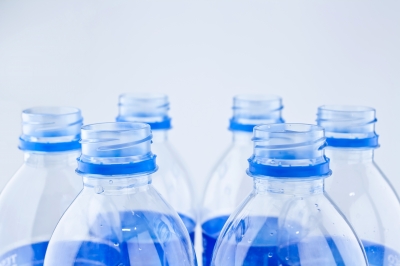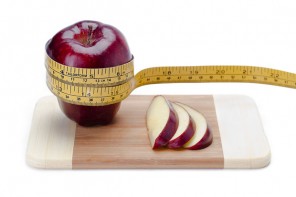You might be told certain things about eco-friendly lifestyles, but are they true? It’s time to bust those myths and avoid green living mistakes that are not doing anything good for the cause.
Why do green living myths circulate?
Many green living myths often do the rounds because eco-friendly lifestyles are a relatively new idea and some eco-friendly touts are not always squeaky clean. Just think of products that claim to be doing their bit for the environment on their floral packaging but then contain harmful ingredients inside, for instance. However, the fact that green living can help the planet is definitely not something to doubt. In your way, however small, you can make a difference and contribute goodness to the earth while ensure a healthier life for you and your family.
In order to keep your green living up to scratch, here are some green myths to stop believing:
Myth 1: Driving your car is much greener than flying
At first glance, this myth does seem to make sense. Flying can increase your carbon footprint but what about using a car that’s not fuel efficient and is driven every day? This can be even more of a hazardto the environment. There are some tips you can take to make your car greener:
- Group together similar errands so that you can accomplish them in one trip.
- Keep your tyres properly pressured – have them checked regularly at your local petrol station because tyre pressure impacts fuel efficiency.
- Try to stick to a constant speed instead of having bursts of acceleration. Speedy driving for just one second causes a spurt of CO2 emissions that is surprisingly equal to half an hour of normal driving!
Myth 2: Buying eco-friendly appliances to replace your current items is always a good idea
You might think that those old appliances you’re still using in the kitchen should be thrown out to make room for shiny new and green ones, but this is not always the case. If you replace all your appliances even though yours are working just fine, the manufacturing of new products as well as the disposal of old ones can contribute to carbon waste. It’s much better to use what you have and try to make them more efficient and less prone to energy waste. When the time comes to replace them always buy appliances that are eco-friendly.
How to make your appliances more eco-friendly:
- Hang clothes out to dry as much as you can instead of using the dryer.
- Keep your fridge cool. Place it in a cool place in the kitchen and let hot food cool down to room temperature before you pack it away in the fridge. Make sure you also defrost regularly to save energy. All these tips can help ensure the efficiency of your fridge.
- Don’t use standby mode! You might think the appliance is saving power in this way, but energy is still being used. Rather switch off appliances and pull out their plugs when they’re not in use.
Myth 3: Small changes really don’t make a difference
This is a common mistake people take on when they try eco-friendly living. You might feel that no matter what you do, you’re never going to save the planet, so what is the point of your efforts? The problem is that sometimes we focus on the big picture without really thinking about how the small picture of our lives can do great things for the planet. Living green means not doing any harm to the environment. It’s about caring for the animals and earth, but also yourself. Making a difference in one person’s life might not save the world but it can save their world. In a similar train of thought, thinking about the environment and its creatures before you bite into that burger or decide not to recycle does make a difference and prevents harm from being placed in the world now. You might not be able to completely prevent any harm from happening, but you surely do prevent any more from causing damage.
Myth 4: Going to the store is more eco-friendly than shopping online
When you shop on the internet, your items have to be delivered to you, thus resulting in carbon emissions from the mode of transport (and various miles notched up in the process of delivery) when getting the package to you. The truth is that the biggest carbon footprint is actually created by people driving to a mall, according to a study conducted by the Organization for Economic Cooperation and Development. Added to this, the study found that not only are shopping malls more expensive but unnecessary fuel is spent when unsold products are returned to manufacturers. So, shopping online is still a greener option. To make it even better, try to shop locally so that you lower your carbon footprint and support local products.
Myth 5: You can use as much plastic as you want because you’re going to recycle it
It’s a good thing to recycle plastic, but it’s erroneous to think that this solves the problem of plastic ending up in our landfills. When plastic is recycled, it’s often not made into the same product it was. For instance, a mineral water bottle won’t become another water bottle. Plastic gets processed into a less useable product so that it can still be used but on a smaller scale. Once plastic has been recycled into that secondary product it can’t be recycled again. So where will it go when it is no longer used? In the landfill. To prevent this cycle, it’s better to minimise the amount of plastic that you use in your house as much as possible. Recycle what you can, but don’t depend on that as the best green option. Remember, prevention is better than cure!










